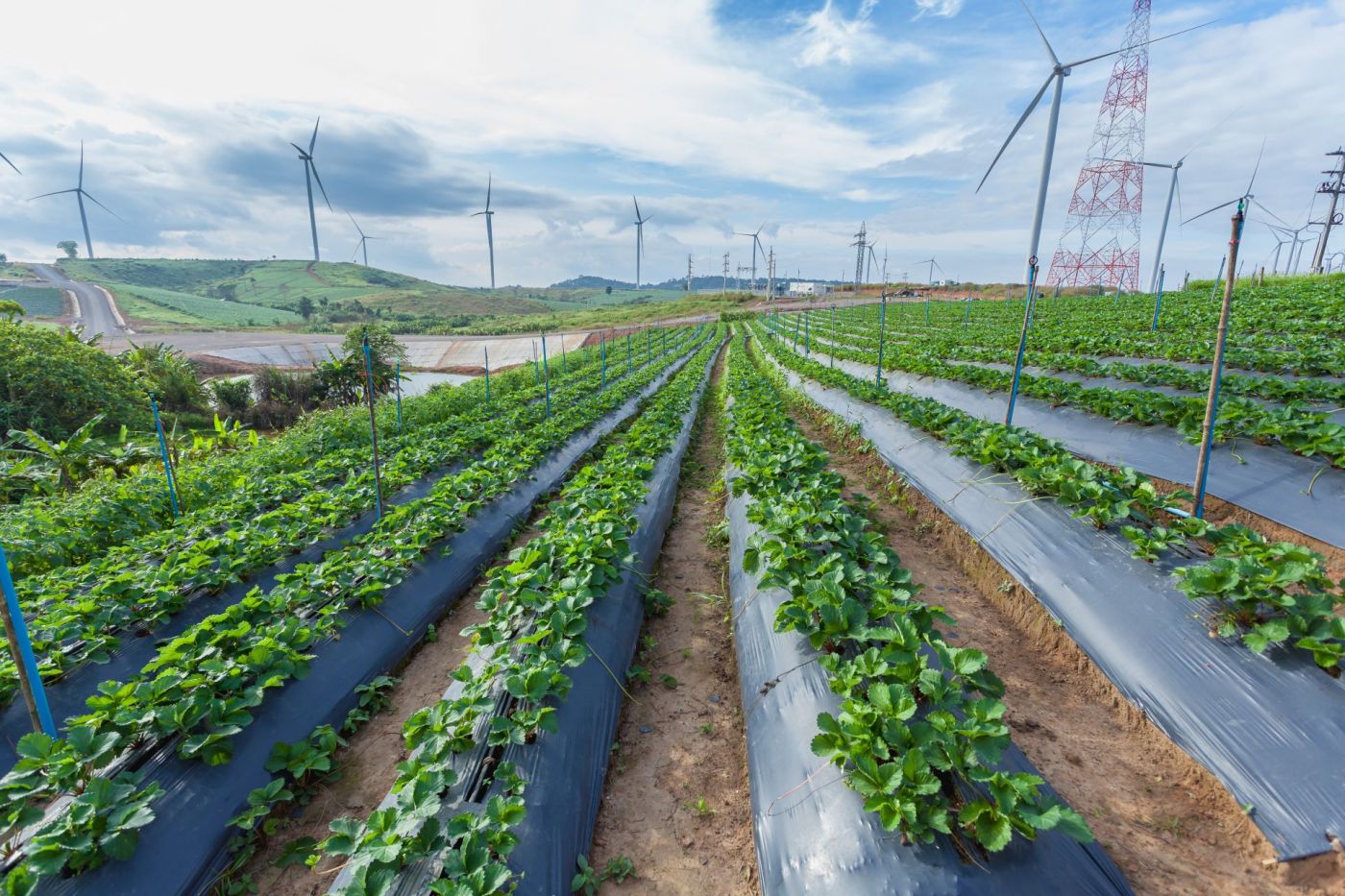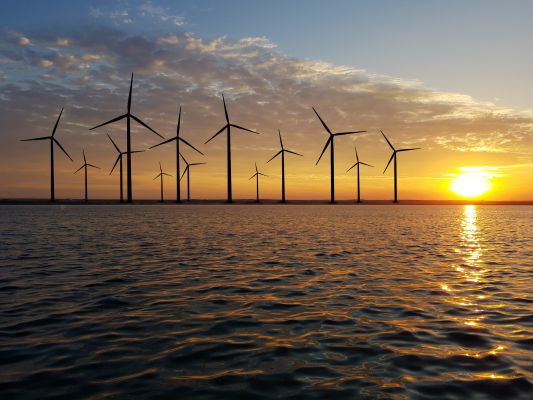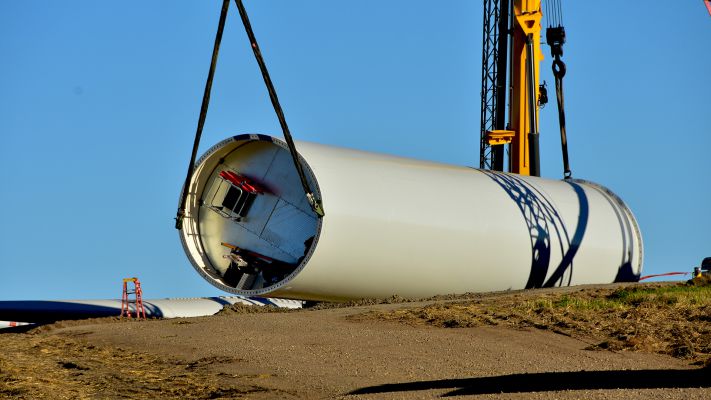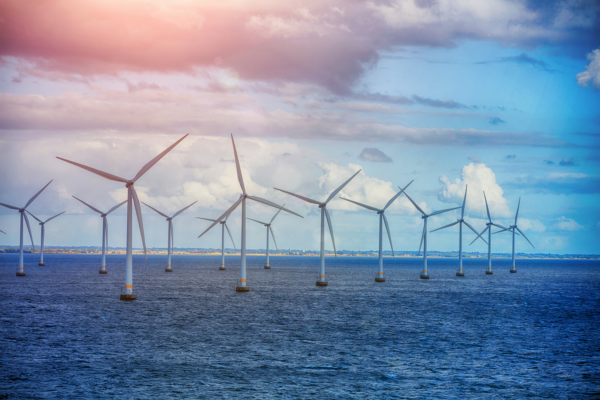You’d be forgiven for thinking that wind energy is only an option where wind speeds are high and consistent, such as on mountains or out at sea. Indeed, many wind farms are situated in such locations to harness the abundance of natural resources. But now the sense of urgency surrounding climate change has prompted governments and businesses to expand renewable energy sources.
Why choose low-wind areas for installations?
There are only limited sites that offer consistent, strong winds. These are often located far from civilization or in areas where construction is a challenge. On top of a mountain would be an example of this – where component delivery is not easy. Additionally, relative limited availability of high-wind sites can cause them to be more expensive.
Areas with low wind speeds are significantly more common and are frequently closer to towns and cities and, consequently, existing electrical grids. This makes distribution and installation more simple and potentially more cost effective. The challenge is converting this potential into a consistent source of energy.
It all comes down to design
A conventional commercial wind turbine would be inefficient in an area with low wind speeds, as the wind would not be strong enough to result in meaningful rotation. Therefore, turbine design must be reimagined to consistently generate electricity in these regions. Typically, manufacturers can build turbines with larger blades and higher hubs. The thinking behind this is that a larger blade could rotate more slowly than a smaller blade to generate the same level of stress, which can be converted into electricity.
Alternatively, designers can opt for a different type of blade. Rather than conventional, blades, manufacturers can choose shapes like screws that can more effectively transform low-speed winds into power due to less force being required to cause rotation. This design draws wind into to the turbine to generate movement, which can be more efficient than large rotations. However, these turbines are more suitable for smaller scale operations at present and not large, commercial projects.
Companies are already investing in the low-wind market
Vestas recently made inroads into the low-wind market in China. The enterprise secured orders for its V155-3.3 MW turbine variant for two projects in low-wind sites. These developments highlight completely new opportunities for wind energy to become more competitive.
Today, locations with high wind speeds, such as offshore, are more popular and common than low-wind sites. Nonetheless, these areas present a huge amount of untapped potential. It is likely that this area of the market will continue to grow in coming years, which could help strengthen wind energy’s position as the strongest sustainable alternative to fossil fuels.



